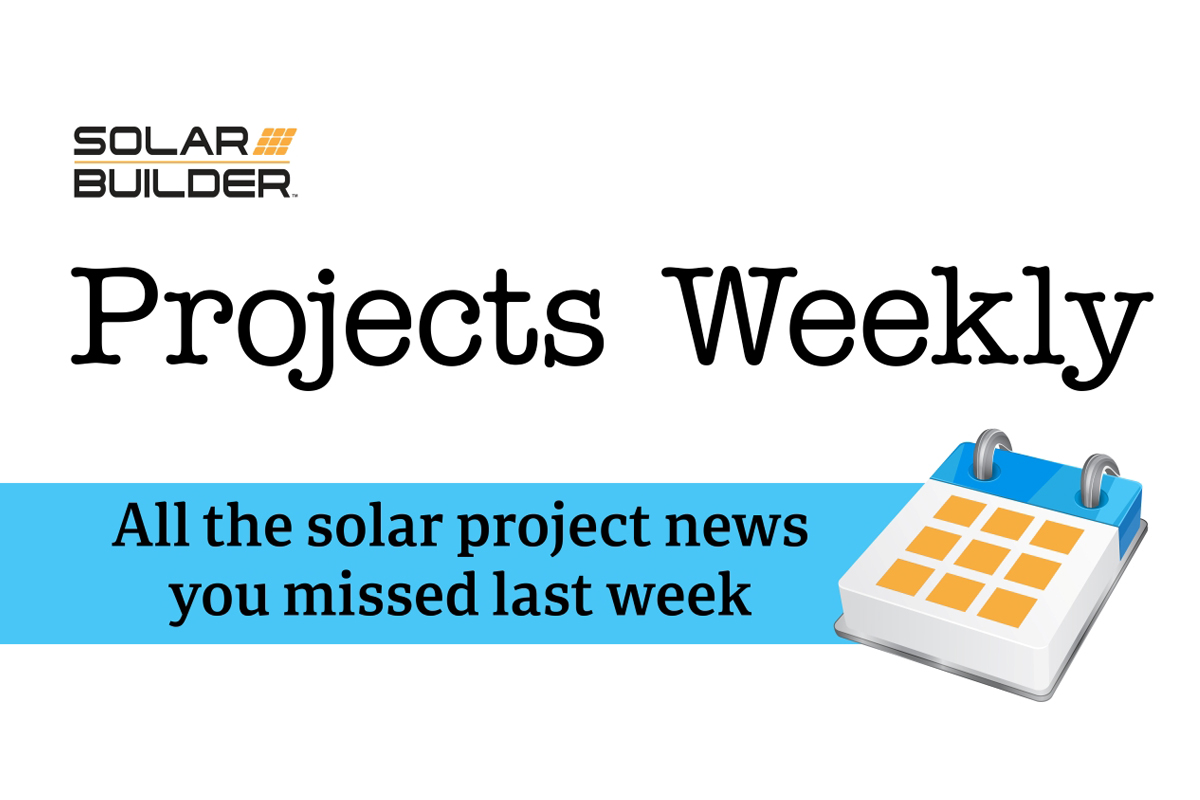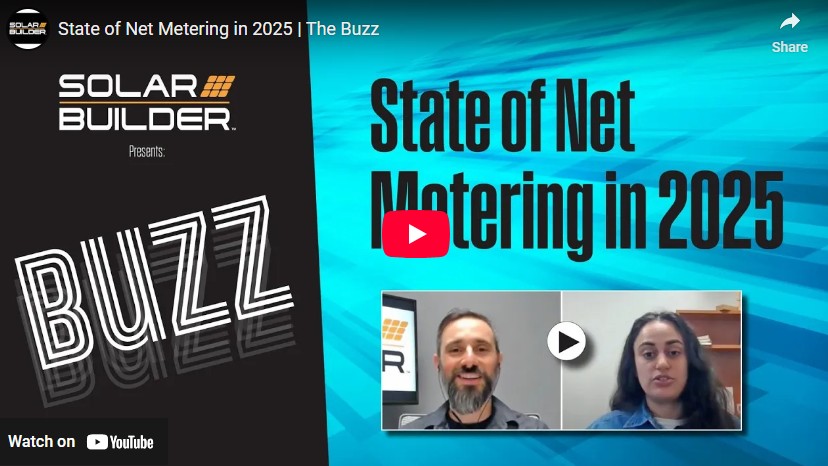Navigating liability risks in C&I solar installations

Contributed by Hannah Webb, Partner, NARDAC | Backed by favorable Federal policy and tax incentives, the U.S. has embraced the ease of installation and low maintenance costs of small and medium scale C&I solar. However, the general proximity of commercial & industrial solar projects to urban centers and private property, while convenient, can pose complications for risk mitigation.
Indeed, although owners are typically aware of their need to procure insurance cover for their own property, their third-party exposure may be complicated to understand, and difficult to insure, with various competing risk factors, giving each C&I solar site its own unique liabilities.
Understanding liability in C&I solar
Liability insurance protects against claims resulting from injuries and damage to other people or property. It covers legal costs and payouts related to property damage, bodily injury and legal defense if the insured is found at fault for an incident or accident.
In the C&I solar space, fire presents a clear third-party liability risk. The very nature of urban and suburban C&I solar means that aside from the losses experienced through the direct impact of a fire – damage to the solar array and associated equipment – project owners will also find themselves liable for damage or loss incurred by neighboring properties.
For example, a rooftop solar installation may catch fire owing to a myriad of different reasons ranging from arcing, an electrical fault, or from an extreme weather event such as a lightning strike. If this fire takes hold and not only destroys the solar equipment, but also spreads to the rest of the building, or neighboring land if ground mounted, the liability incurred through the damage to third-party property will far exceed the replacement cost of the solar panels and inverters.
In terms of specific cases …
Agricultural produce has been destroyed by a fire outbreak at a neighboring solar installation, and landowners have naturally sought recompense. In rural California, where the vegetation and foliage is likely to be very dry and flammable, the owner of a solar project may potentially be responsible for a wildfire that burns acres of land and destroys properties.
It may sound unlikely, but just consider PG&E’s recent $45 million wildfire settlement over the 2021 Dixie Fire, caused by a diseased collapsing tree downing a remote power line – hardly a freak weather phenomenon, but an event with disastrous consequences.
A common scenario for third-party liability claims related to fires is a blaze igniting on an urban commercial rooftop. Not only can the building’s structure and contents suffer direct fire damage, but claims may also arise from deterioration caused to commercial stock due to smoke, water, or chemicals used in firefighting efforts.
In mid-July in Cumberland, Rhode Island, a solar asset caught fire due to an electrical fault on the roof of a large commercial building filled with pet products. Thankfully, the fire was contained to the roof in this instance, but with high value or perishable consumer goods, the property damaged as a result of the fire could be many times greater than the value of the source of the fire.
Managing contractor error
From the above, the liability risks to solar asset owners may seem obvious – fires spread and cause damage far beyond their initial source of ignition. They are also at the more expensive end of the liability spectrum. But what is frequently more common – but often not considered – are workplace mishaps and human error. Such instances may occur where accidental damage is caused to an asset during installation, or mistakes made in the maintenance of solar equipment.
This represents a risk when it involves third parties, such as contractors employed by owners or clients, who are not covered by your standard property insurance terms. This could even include a road traffic accident caused by contractor vehicles while ’on the job’. Bodily injury or property damage to third parties caused by those working on your behalf is also an unfortunate and incredibly broad source of claims.
Lessening liability risks
Liability risks are rarely simple, and proper protection through insurance outside standard property cover is essential if solar asset owners are to avoid liability costs – costs that could well outweigh the total value of their solar installation.
Unfortunately, as you may know from direct experience with your local insurance broker, placing liability coverage can be time consuming, with expensive premiums. That is something the insurance industry is working to evolve, in order for owners of C&I solar to have the best asset and liability protection. Seeking out insurers that understand the risks posed by everything from the materials used in the building construction, through to the proximity of nearby fire hydrants, can make a difference to the premiums quoted for liability risks.
Hannah Webb, Partner, NARDAC, specializes in underwriting on and offshore renewable energy accounts. As a specialist Energy Underwriter, she has worked on Solar, Wind and BESS projects across North America, South America, the UK and Australia, varying from single sites to multi-billion dollar portfolios. Hannah holds a Master’s degree in European Political Economy and a Bachelors in Geography.





Comments are closed here.